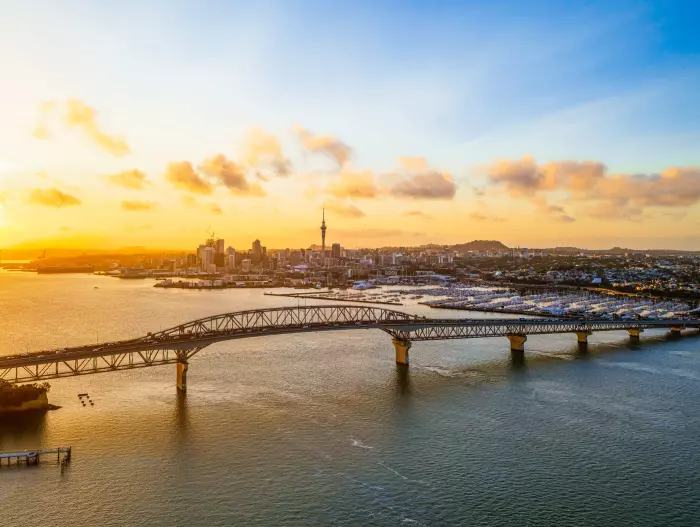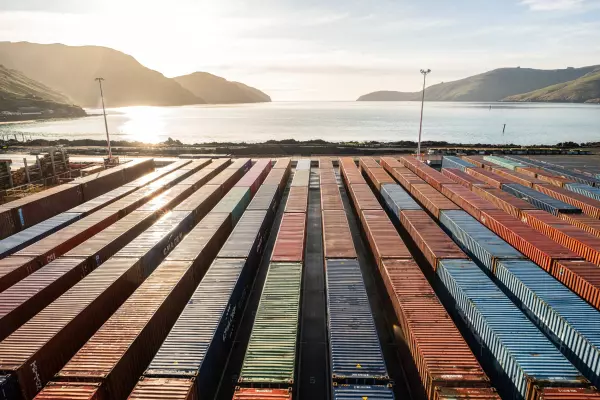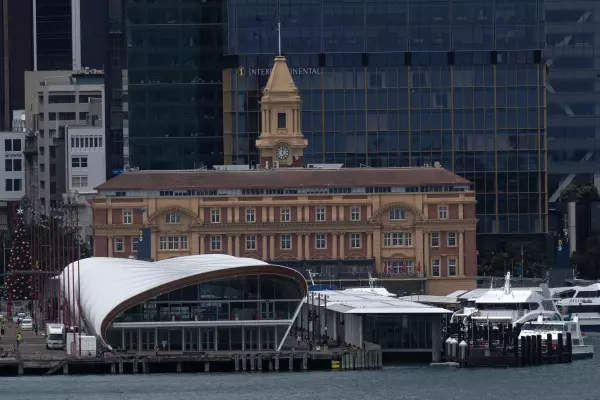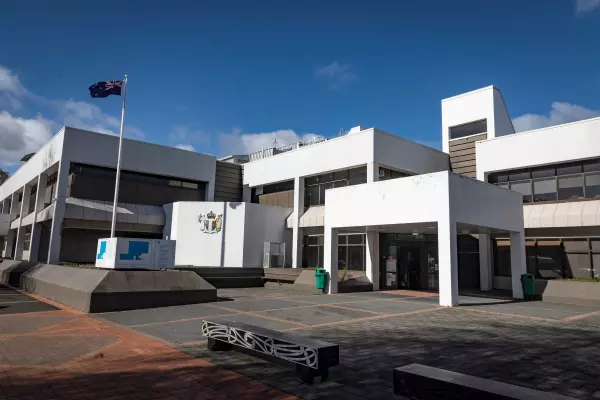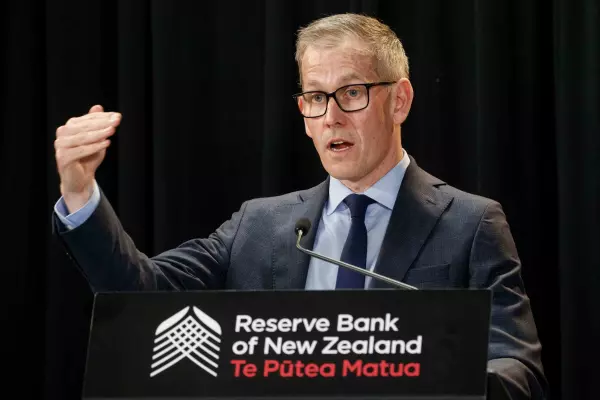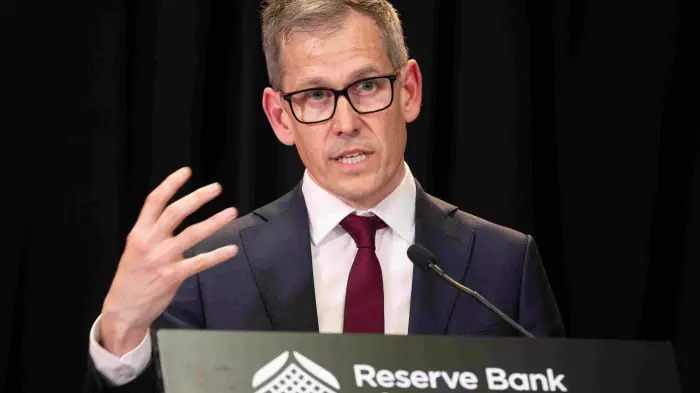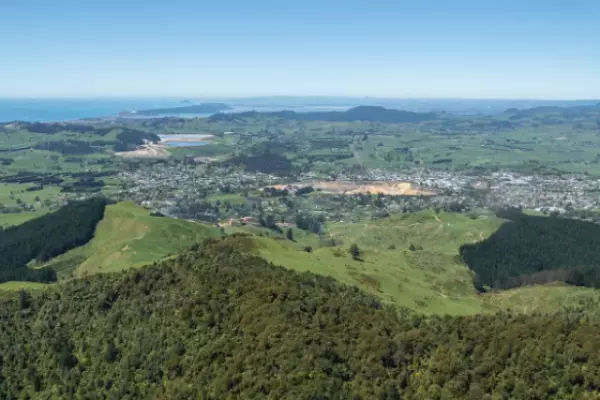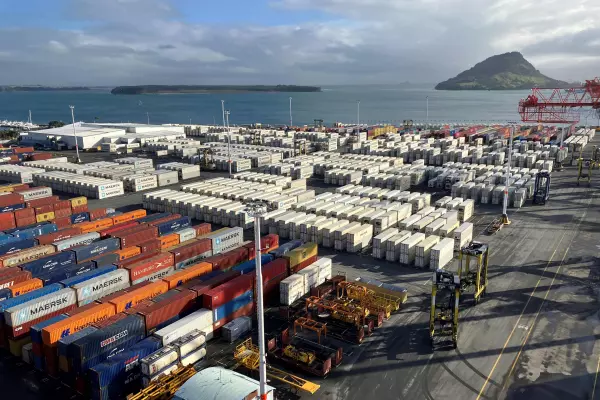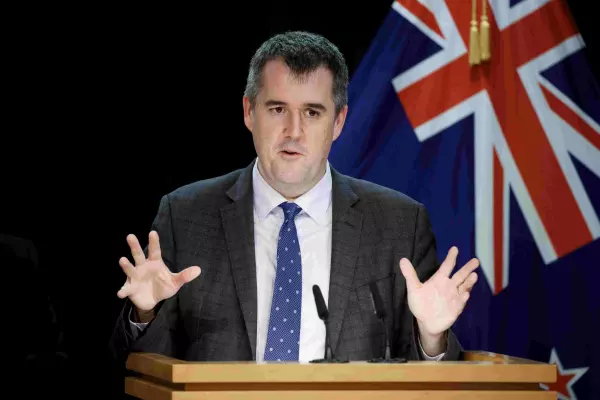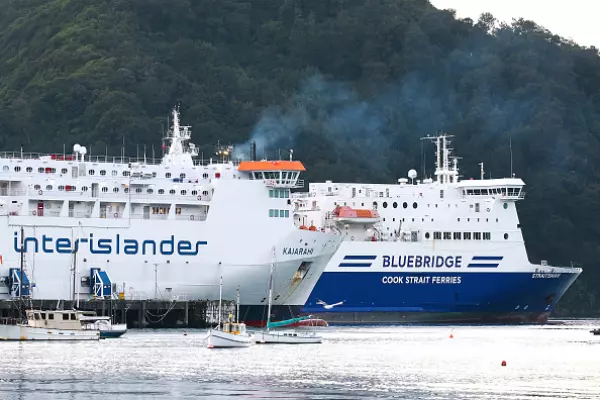In the third of a three-part series, Oliver Lewis looks at what New Zealand can learn from Singapore. The city-state is praised internationally for its infrastructure, particularly transport. How does it do it?
With its beautiful landscape, temperate climate and relative wealth, NZ is one of the best countries in the world to live in. What holds it back? Housing and transport.
That’s the opinion of a senior Auckland architect who spent years working in Singapore.
Len Brown, the inaugural supercity mayor, puts it more bluntly: “We are world-class idiots at underperforming in the delivery of infrastructure."
The differences between NZ and Singapore, a shipping and aviation hub that, in the space of a generation has leapfrogged NZ in terms of per capita GDP, are stark. The political landscape is entirely different and so is the geography.
Singapore is similar in size to Lake Taupō, but it has a larger population than NZ.
But that’s not to say there aren’t lessons.
David Skilling, a former Treasury advisor and the founding chief executive of the NZ Institute, a think tank, says there are three main takeaways.
Now based in the Netherlands, the economist, who advises governments and other clients via his consultancy Landfall Strategy Group, draws a stark contrast between his time living in Auckland and the 11 years he spent in Singapore. The former felt like it was bursting at the seams, he says, while the latter was a paragon of efficiency.
“There’s a real sense of infrastructure as a key part of what makes Singapore attractive.
“If you talk to people who come in, one of their common responses is, ‘Well, everything works here.’ It’s not what they say when they arrive in Auckland.”
Lesson one: building ahead and Think Big
In the late 1970s and early 1980s, the government under National prime minister Robert Muldoon borrowed billions of dollars to invest in energy and petrochemical infrastructure projects in a bid to stimulate the economy and reduce dependence on foreign oil.

Former prime minister Robert Muldoon's 'Think Big' policies have been blamed for subsequent governments being less willing to invest big in infrastructure. (Image: Getty)
The ensuing debt crisis, economic mismanagement and the ‘white elephant’ status of some of the projects have caused a lingering wariness to make large infrastructure investments, Skilling argues.
“It scared us away from making investments. We don’t do big-ticket stuff, we prefer to tinker.”
The symptoms of underinvestment are evident everywhere, Skilling says, from clogged roads in Auckland to sewerage failures in Wellington and run-down and overcrowded hospitals.
“Since Think Big we’ve had an allergic reaction to anything that looks like central planning,” he says. Instead, there’s been a prevailing faith in markets to provide.
“But of course, with infrastructure, markets don’t solve it. It’s largely publicly funded, and if you want to do it well, you need to have a strategic or forward-looking point of view or you get it wrong and it just gets more expensive.”
It makes mistakes, but overall Singapore does this extremely well. Its planning process starts with a 50-year outlook, ensuring sufficient land and supporting infrastructure are made available to accommodate projected population and economic growth.
As Skilling says, Singapore builds ahead of the curve.
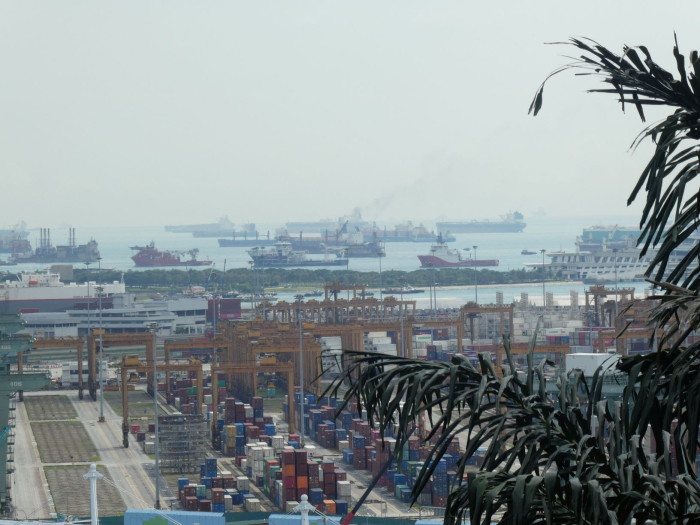 Singapore is in the process of consolidating its port operations at Tuas, a massive undertaking with a targeted completion date in the 2040s. (Image: BusinessDesk)
Singapore is in the process of consolidating its port operations at Tuas, a massive undertaking with a targeted completion date in the 2040s. (Image: BusinessDesk)
At the moment, the city-state is relocating its port operations to a consolidated port at Tuas and planning for a fifth terminal at Changi Airport to future-proof its status as an aviation hub. In the 1980s, at a time when the country was much poorer, it spent S$5 billion (NZ$6b) on a mass rapid transit line. Three decades on, there are six lines with plans for two more.
“They build infrastructure with a very clear sense of what the forward-operating environment is going to be,” Skilling says.
That doesn’t happen in NZ. Instead, there’s a cacophony of divergent views and priorities about what should go where, resulting in institutional gridlock and a tendency to respond after the fact and play catch-up, resulting in much higher costs.
“You don’t need to do this in a top-down Stalinist five-year plan way,” Skilling says. “But you do need to have a point of view about how big the country is going to be and some ability to couple the supply side with the demand side.”
Lesson two: integration and quarter acre nostalgia
Brown, the former Auckland mayor, believes the approach to urban planning in NZ has shifted from car-orientated sprawl towards transit-oriented development. Politicians largely accept this needs to happen, he says. The argument now is about how quickly.
Developments like a bipartisan upzoning accord to enact medium-density residential standards in major cities and the Auckland unitary plan have helped force acceptance of greater housing density, although it is still anathema to people with nostalgic views of the quarter acre dream.
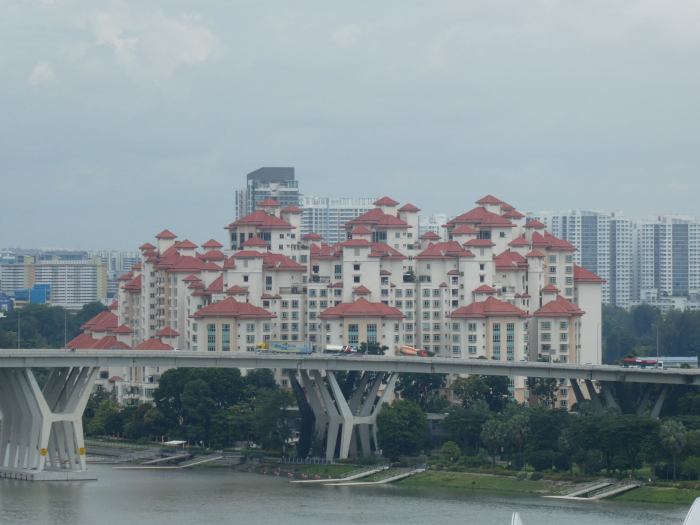 Due to its limited land area, Singapore is one of the densest cities in the world. (Image: BusinessDesk)
Due to its limited land area, Singapore is one of the densest cities in the world. (Image: BusinessDesk)
As Skilling says: “NZ wants to live in the 1950s. We all want lots of space, we all want suburbia. But that’s not the reality.
“I think we’re in a transition from one mode of transport and urban design to another, and that’s a tricky process.
“For NZ to make itself attractive to people, to capital, but also just to make the economy work, it needs to have a much better, functioning public transport system and system of urban design.”
What Singapore does well, he says, is integrated planning.
Housing, transport and urban design are planned in tandem and different policies work together to reinforce the outcomes the city-state wants. As a land-scarce country, for instance, Singapore has invested billions of dollars in mass rapid transit (MRT) lines and embraced a car-lite policy. As well as providing affordable, reliable public transport, the city-state has priced driving: drivers can end up paying more than S$100,000 (NZ$120,834) for the 10-year certificate of entitlement needed to own a car, and they’re also charged via electronic road pricing, a system of gantries around the city that helps to regulate traffic flows.
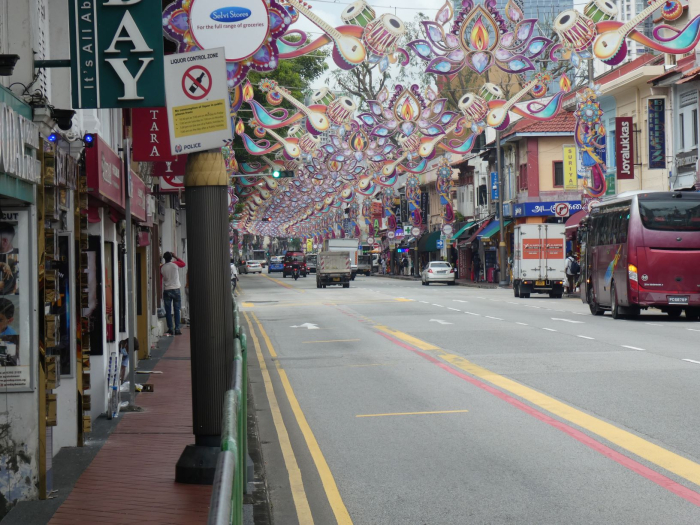 As well as providing excellent public transport, Singapore prices road and vehicle use. (Image: BusinessDesk)
As well as providing excellent public transport, Singapore prices road and vehicle use. (Image: BusinessDesk)
While progress on road pricing seems to have stalled in NZ, Brown believes it’s inevitable, at least in Auckland where motorway traffic often grinds to a halt. As BusinessDesk has reported, any charging scheme is likely to come in only after the City Rail Link (CRL) opens in late 2024 or 2025.
Speaking to the idea of pricing roads, Brown says: “There’s no place to hide from that. You’re either going to pay it through your taxes or pay it through a road user charge.”
Lesson three: building quickly for less
When it comes to constructing major infrastructure projects, Singapore benefits from a much more top-down political structure than NZ, where litigation and consenting can cause expenses and delays.
“If a new road is a priority,” Skilling says, “they’ll just say, ‘We’re going to buy up these houses and you’re going to have a construction site next to your house for the next four years – deal with it.’”
Having a rolling pipeline of work, too, leads to economies of scale, technological innovation and construction sector capacity due to the guarantee of ongoing work.
“Singapore is a high-cost place where they try to drive costs down to make it as affordable and as quick as possible,” Skilling says.
During his time there, he adds, the country added multiple new MRT lines.
One of the ways Singapore does this is by importing cheap foreign labour from places such as India, Bangladesh and China. An international benchmarking study published last year by the NZ Infrastructure Commission - Te Waihanga, found the city-state had the lowest labour costs for construction out of the 11 high-income countries analysed.
Given its small size, geographic isolation and lack of large construction firms, infrastructure can be expensive to build in NZ.
Is it likely we’d aim to drive that down by following the Singapore labour model?
“That’s a difficult thing to replicate in NZ,” Skilling says. “But if we have ambitions to build new ports, tunnels and rail lines, it’s difficult to see how we can do that quickly and efficiently with the current construction model.”
And then there’s the issue of cost.
“For strategically important stuff like infrastructure, there needs to be a conversation around how much of this are we going to debt finance when the benefits accrue over generations,” Skilling says.
An infrastructure accord
In his role as Auckland mayor, Brown travelled to Singapore for the World Cities Summit, a biennial event for attendees to discuss liveability and sustainability issues. Brown returned to Auckland with an appreciation for how the city-state integrated land use and transport planning, as well as its forward-looking approach.
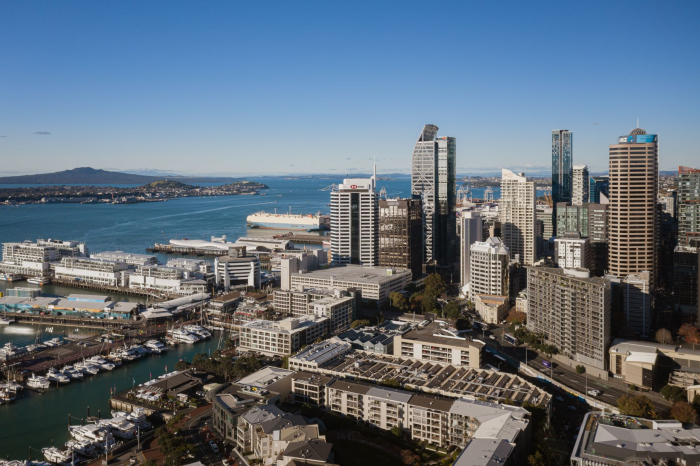
Former Auckland mayor Len Brown wants to see a more long-term, bipartisan approach to infrastructure provision in NZ. (Image: Eke Panuku)
This fed into his work on the 2012 Auckland Plan, a 30-year development guide that includes projects championed by Brown like the City Rail Link (the plan gives an optimistic completion date of 2021), as well as the Waterview Tunnel and the second Waitematā Harbour crossing.
In an interview with BusinessDesk, the former mayor describes it as a joined-up plan for the city that fed into the Unitary Plan and ATAP, the council-government transport funding accord.
Brown wasn’t just inspired by the planning.
The emphasis Singapore puts on training transport professionals and showcasing their work to the public is something he wants to see more of in NZ.
“You’ve not only got a common plan,” he says of the city-state. “You’re putting all the data together scientifically and analysing it to death and agreeing what the right way forward is technologically.”
As a city-state, one problem Singapore doesn’t have to deal with is what Brown views as a divide between central and local government. Without agreement between the two parties, it’s almost impossible to progress major projects.
Having an agreed-upon pipeline of nationally important infrastructure, supported by both major parties, would help, Brown thinks. However, as the debate about Auckland light rail has shown, ideological differences often preclude a consensus.
Other former politicians have made similar calls.
Following the devastation caused by Cyclone Gabrielle, former transport minister and current Auckland Chamber of Commerce chief executive Simon Bridges penned an op-ed in the NZ Herald calling for far greater levels of investment in the roading network.
NZ needed to be less cost-averse about infrastructure, he suggested, and be prepared to take on greater levels of debt.
“Now is the time to draw on our fiscal headroom, paying the additional debt back over longer periods.”
Bridges also said a strategy was required for a road rebuilding and resilience programme, one that could be supported by both Labour and National.
“First and foremost, we need a strategy – one that identified what highway investment is needed, where and when, and that can secure bipartisan support.”
One can only hope.
Part Two: Planning Makes Perfect.
Oliver Lewis travelled to Singapore with funding from the Asia New Zealand Foundation.


